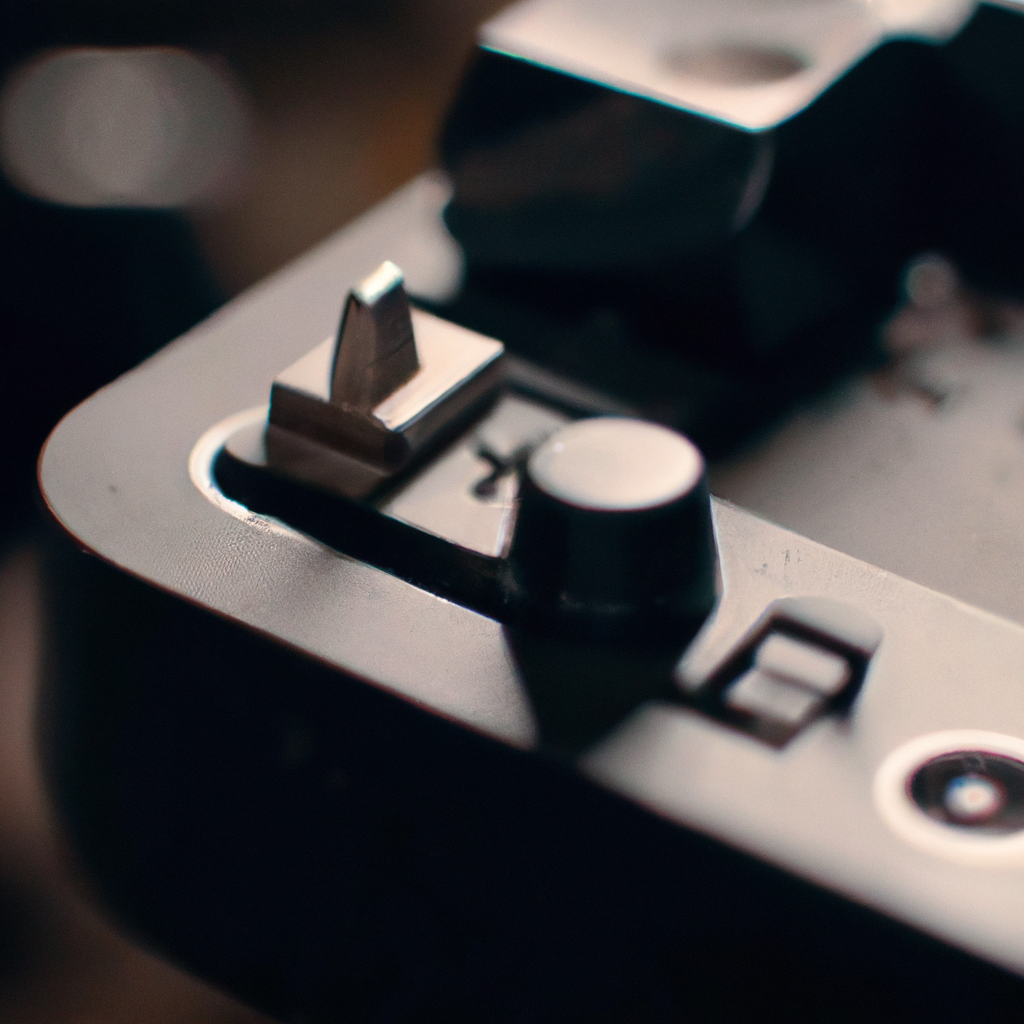Etching art is a popular printmaking technique that has been around since the Middle Ages. It involves creating an image on a copper plate using acid and then transferring the image onto paper using a printing press. In this article, we will explore the etching process, the tools and materials required, and the history of this art form.
The Etching Process
The process of creating an etching involves several steps:
1. Preparing the Copper Plate: The first step is to prepare the copper plate by polishing it with steel wool or sandpaper. This removes any residue or impurities that may affect the final image. The plate is then coated with a layer of wax or varnish, which will protect the areas that will not be etched.
2. Drawing the Image: Using an etching needle or a drypoint tool, the artist draws the image onto the wax-coated surface of the plate. The needle creates grooves in the wax, exposing the copper underneath.
3. Acid Bath: The plate is then submerged in an acid bath, which eats away at the exposed copper. The longer the plate stays in the acid, the deeper the grooves become, creating a range of tones and textures.
4. Cleaning the Plate: Once the desired depth of the grooves is achieved, the plate is removed from the acid bath and cleaned with water and baking soda. This neutralizes the acid and removes any remaining wax or varnish.
5. Printing: The plate is now ready for printing. Etching ink is applied to the surface of the plate, and excess ink is wiped away with a cloth. The plate is then placed on a printing press, and paper is laid on top. The press applies pressure, transferring the ink from the plate onto the paper.
Types of Etching Techniques
There are several techniques that can be used to create etchings, each producing a different effect:
1. Drypoint: This involves scratching directly into the copper plate with a sharp drypoint needle. The resulting lines are rough and irregular, creating a soft, velvety texture.
2. Aquatint: This technique involves applying a fine, powdered resin to the surface of the plate. The plate is then heated, melting the resin and creating a grainy texture. The plate is then etched, resulting in a range of tonal values.
3. Etching Needles: These come in different sizes and shapes, allowing artists to create a range of lines and textures. Fine needles create thin, delicate lines, while thicker needles create bolder, heavier lines.
Tools and Materials
To create etchings, an artist requires several tools and materials:
1. Copper Plate: This is the foundation of the etching and is where the image is drawn and etched.
2. Acid Bath: This is usually a solution of nitric acid and water, which is used to etch the copper plate.
3. Etching Ink: This is a thick, oil-based ink that is applied to the surface of the plate.
4. Printing Press: This is the machine used to transfer the image from the plate onto paper. It applies pressure, forcing the ink into the paper fibers.
Art History
Etching has been used as a printmaking technique for centuries. It became popular in the 16th century and was used by artists such as Albrecht Dürer and Rembrandt. The process was refined over time, and new techniques were developed to create a wider range of tonal values and textures.
Today, etching remains a popular art form, with artists using both traditional and modern techniques to create stunning and unique pieces. Many artists also combine etching with other printmaking techniques, such as lithography and screen printing.
Conclusion
Etching is a fascinating and versatile printmaking technique that has been used for centuries. The process involves creating an image on a copper plate using acid and then transferring the image onto paper using a printing press. With a range of techniques and tools, artists can create a wide variety of textures and tonal values to produce unique and stunning pieces of art.







